Brain-Computer interface turns the dream of playing games with your mind into reality
Previously, the biggest obstacle to widespread adoption of this method was that interfaces often required extensive calibration for each user, because each brain, whether healthy or disabled, is different. .
To overcome that, researchers have integrated machine learning capabilities into the brain-computer interface to make it a 'kill many birds with one stone' solution.
This new solution can quickly learn each subject's needs and calibrate itself through repetition, meaning multiple patients can use the device without the need for individual adjustments. .
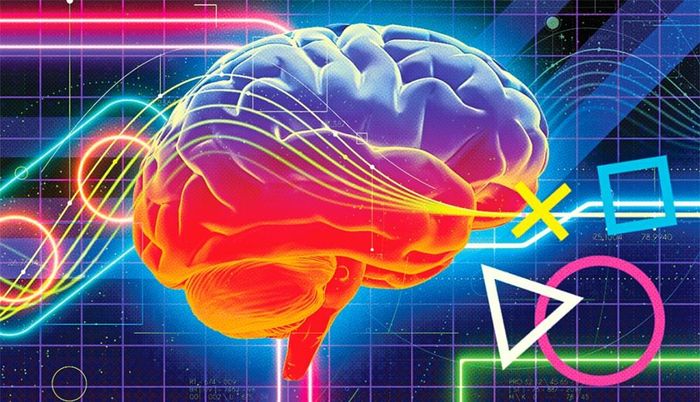
Satyam Kumar, a PhD student on the research team, said: 'When we put the test in a clinical setting, the technology will carry out the calibration process so we don't need a specialized team to do it. that (.) The transition from one patient to another will be much faster'.
This scientific work was developed by José del R. Millán, professor in the Department of Electrical and Computer Engineering at the Cockrell School of Engineering, and the Department of Neurology at Dell Medical School. His brain-computer interface helps users control and enhance neuroplasticity, the brain's ability to change, grow and reorganize over time, thereby making their lives easier. easier.
Subjects in the study wore a hat containing electrodes connected to a computer. The electrodes collect data by measuring electrical signals from the brain, then the decoder circuit interprets the information and turns it into in-game actions.
The action consists of two parts: a car racing game and a simpler task of balancing left and right on a digital stick. An expert has developed a decoder for the balance task, which enables BCI to interpret brain waves into commands. The decoder serves as the key to reducing lengthy calibration processes.
The decoder worked well enough for subjects to play both the balancing game and the car racing game, which are more complex and require a few extra steps of thought to perform the directional maneuvers.
The researchers consider the work a precursor to further improvements in brain-computer interfaces. This project was conducted on 18 subjects with normal mobility. In the future, the team will continue testing for people with mobility impairments so that the technology can be applied to larger groups in clinical settings.
Professor Millán said: "On the one hand, we want to move brain-computer interfaces to the clinical field to help people with disabilities, on the other hand, we need to improve our technology to make it easier to use to help people with disabilities." impact people with disabilities more strongly'.
Millán and his team are continuing to research a wheelchair that users can control using a brain-computer interface. At the recent South by Southwest Conference and Festival, engineers showed off another potential application for the technology, controlling two hand and arm rehabilitation robots.
You should read it
- You are often teased as the 'goldfish brain', do not be sad this indicates you have a brain that works very well
- Interesting discovery: Human brain is more flexible than chimp brain
- Answers to Test Brain Level 1 to 60 (updated continuously)
- Synthesis of answers game Brain Up
- For the first time in history, scientists successfully connected the human brain to the Internet
- 10 useful software to help you train your brain every day
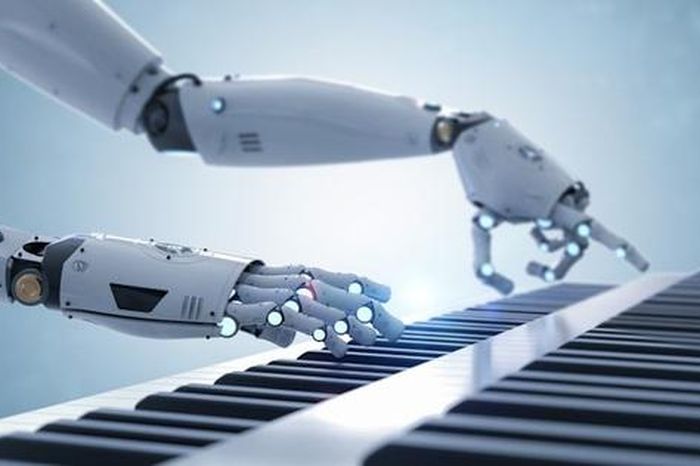 More than 200 artists call for responsible use of artificial intelligence in the music industry
More than 200 artists call for responsible use of artificial intelligence in the music industry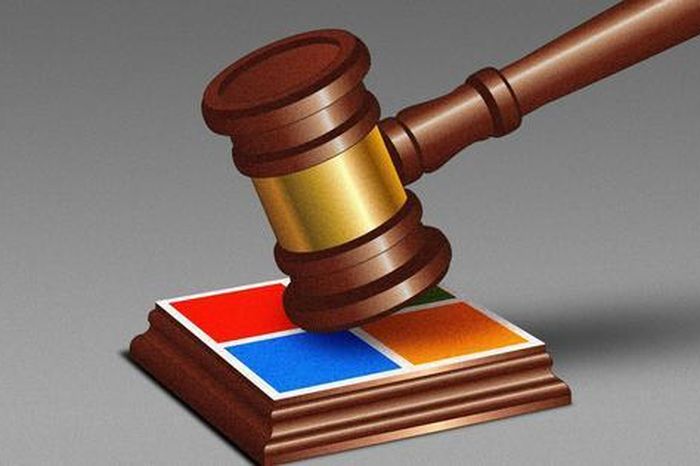 United States: Ban House staff from using Microsoft's AI Copilot
United States: Ban House staff from using Microsoft's AI Copilot Ranking of the smartest AI chatbots today
Ranking of the smartest AI chatbots today Do Alexa, Siri and Google Assistant use AI?
Do Alexa, Siri and Google Assistant use AI?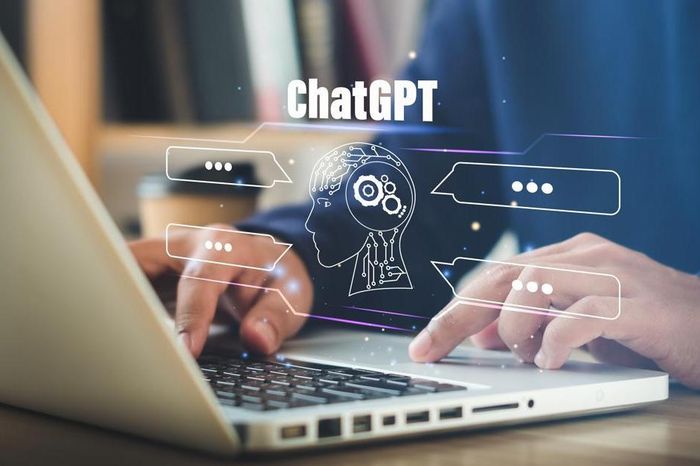 Users can use ChatGPT without an account
Users can use ChatGPT without an account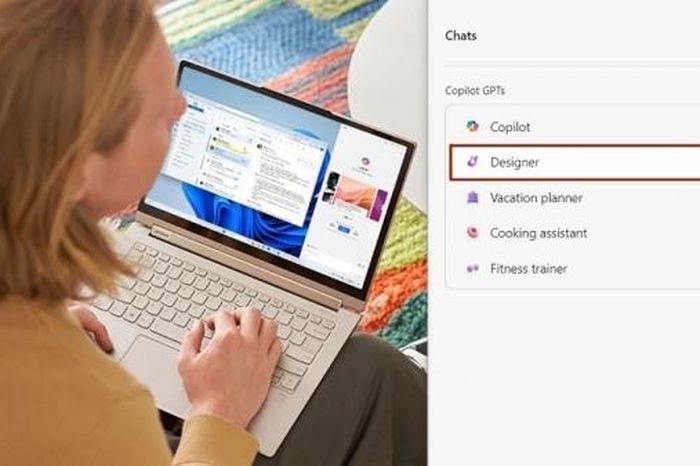 How to edit images on Copilot AI to create impressive photos
How to edit images on Copilot AI to create impressive photos